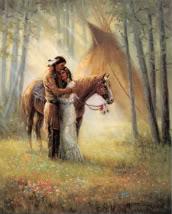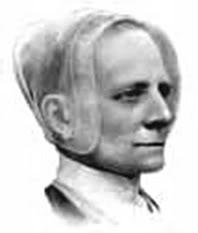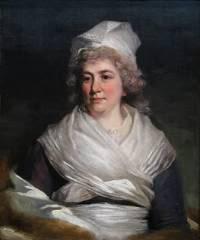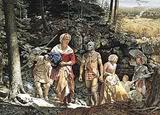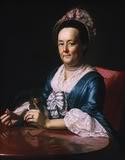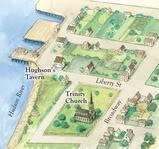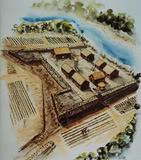Women’s Rights in Cherokee Society Image: Loving Sun Marianne Caroselli, Artist (I know the Cherokee did not live in teepees; I just love this painting.) In the early 18th century, the Cherokee existence was one marked by balance guided by oral tradition. Their belief in balance in all aspects of life didn’t leave room for a system of hierarchy that oppressed women. Men primarily assumed the roles of hunters, while women took responsibility for agriculture and gathering. At the time of European contact, the Cherokee controlled a large area of what is now the southeastern United States. Of the southeastern Indian confederacies of the late seventeenth and early eighteenth centuries (Creek, Chickasaw, Choctaw), the Cherokee were one of the most…
